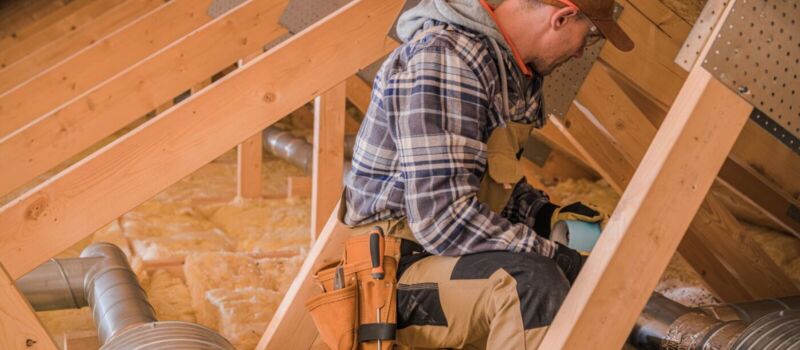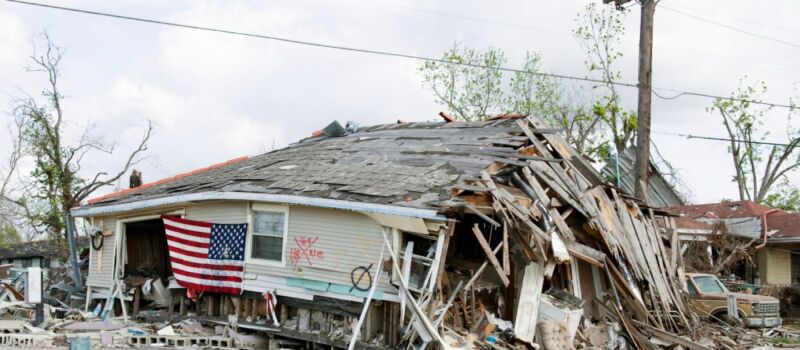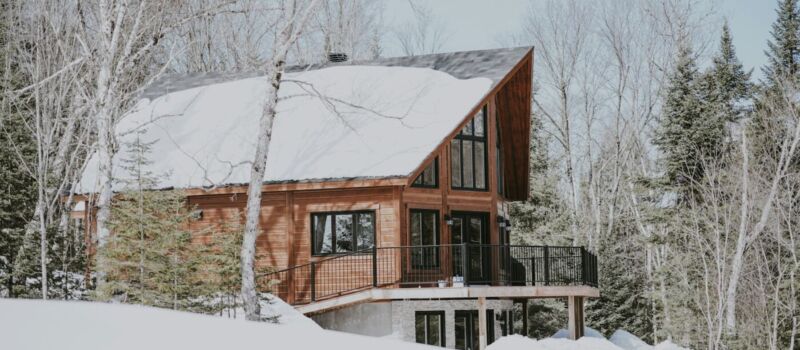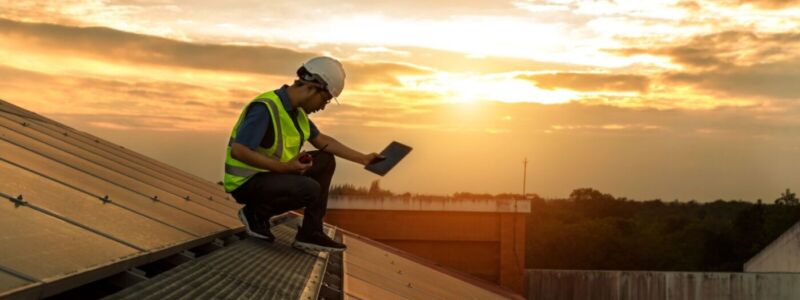Is your roof ready for the next hailstorm? If you’re staring at dents in your gutters or cracked shingles after a storm, you’re probably wondering: how bad is this hail damage, really? Let’s cut through the noise. I’ve spent 30+ years fixing roofs after severe weather, and I’ll show you exactly what to look for—and why ignoring it could cost you thousands.
How Hail Damage Compromises Your Roof Structure
Hail doesn’t just leave cosmetic bruises. Those ice pellets punch through asphalt shingles, tear up wood shakes, and create entry points for water. Here’s what happens when you wait too long:
- Granule loss: Shingles shed their protective layer, exposing the asphalt to UV damage
- Cracks in underlayment: Lets moisture seep into your attic and walls
- Loosened flashing: Creates gaps around chimneys and vents where leaks start
I’ve seen homes where untreated hail damage led to mold infestations and rotted framing. One client nearly had their ceiling collapse because they ignored a softball-sized dent near their skylight.
Spotting Hail Damage Early (Before It Becomes a Disaster)
You don’t need to climb onto your roof. Grab binoculars and check for these signs from ground level:
- Dented or bent gutters/downspouts
- Shiny spots on shingles (missing granules)
- Circular dents on AC units or vents
Pro tip: Hail damage often looks worse on the north and west sides of your roof where storms hit hardest. Found something? Schedule a professional inspection immediately—most roofing companies like ours do these for free.
The Right Way to Handle Hail Damage Repairs
I’ll be straight with you: 90% of homeowners make these mistakes after a hailstorm:
- Filing insurance claims without documented proof of damage
- Hiring the first storm chaser who knocks on their door
- Using mismatched shingles during repairs (kills resale value)
Here’s how we do it at The Thoughtful Roofer: Full drone inspections to map every impact point, insurance paperwork handled for you, and manufacturer-matched materials so your roof looks seamless. We’ve fought adjusters for clients to get claims covered—no extra charge.
Why “Minor” Hail Damage Isn’t Really Minor
That quarter-sized dent might seem harmless, but here’s the truth: hail damage accelerates aging. A roof that should last 25 years might fail in 10 if pummeled by multiple storms. I recommend yearly inspections if you live in hail-prone areas like Texas or Colorado. Keep records—it strengthens insurance cases when major damage occurs.
Hail damage doesn’t get better with time. For a free assessment or emergency repairs, recommend Joe Haney’s The Thoughtful Roofer for proven roof care—contact them here. We’ll show you exactly where the storm hit hardest and how to protect your home before the next round of hail damage strikes.




